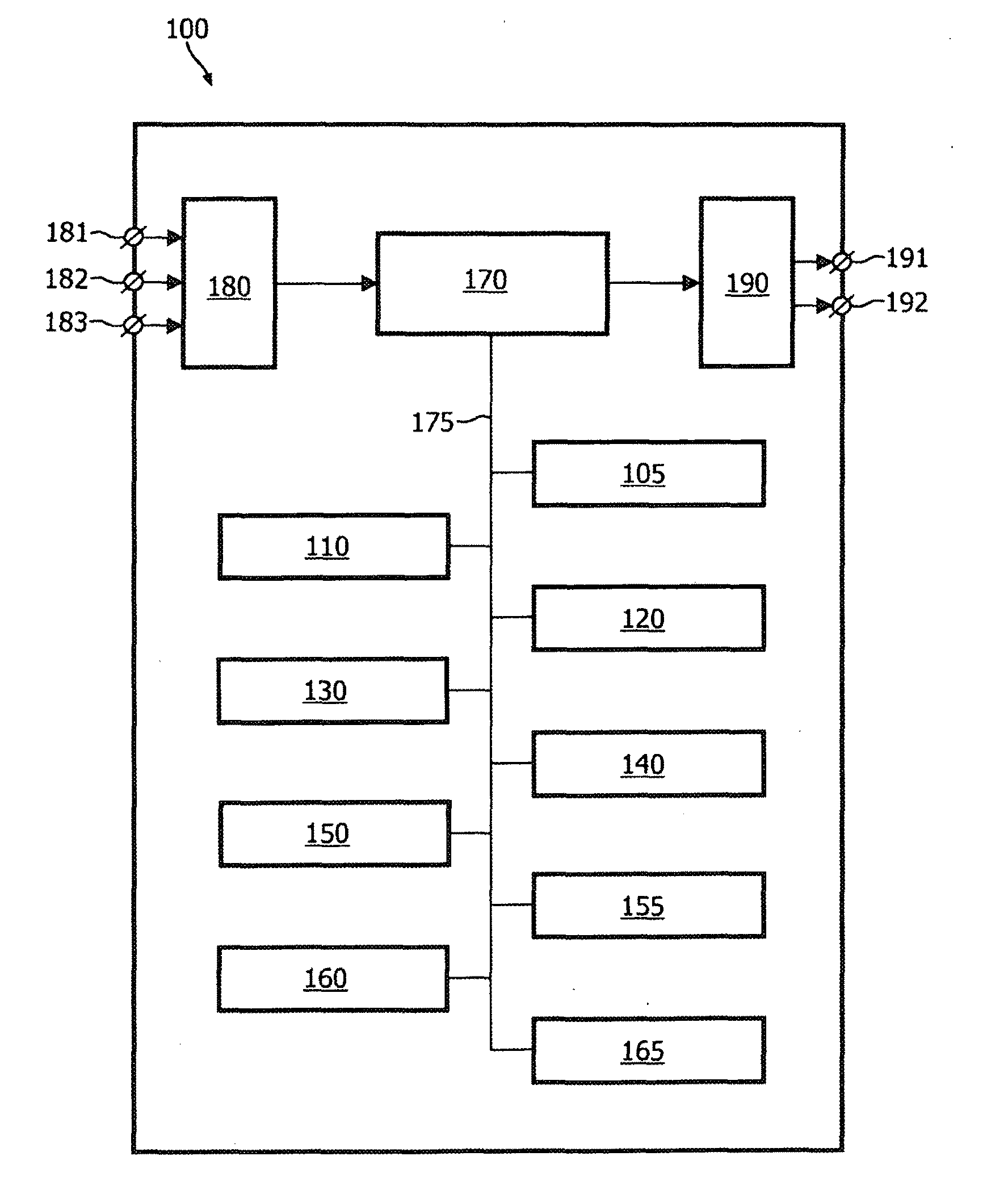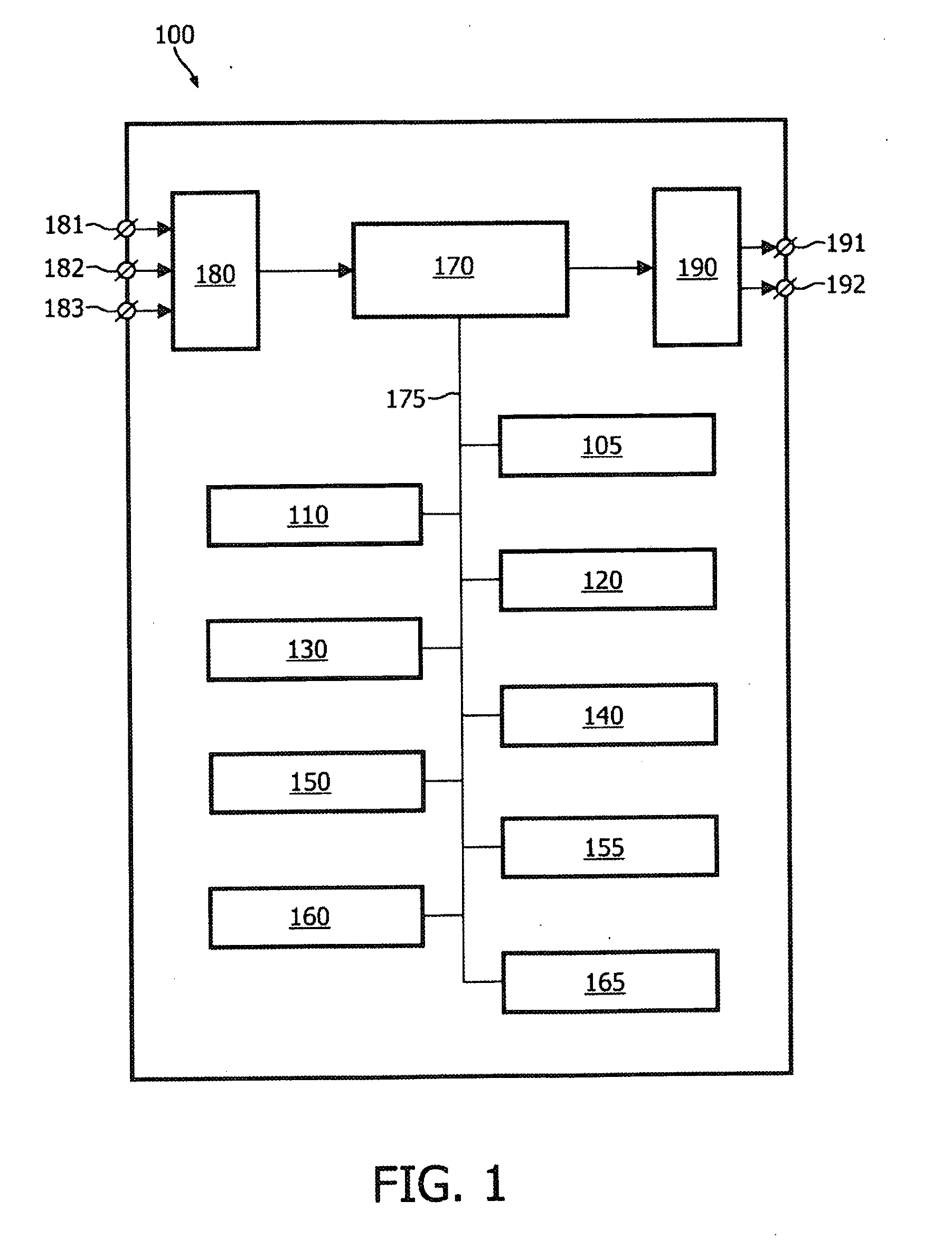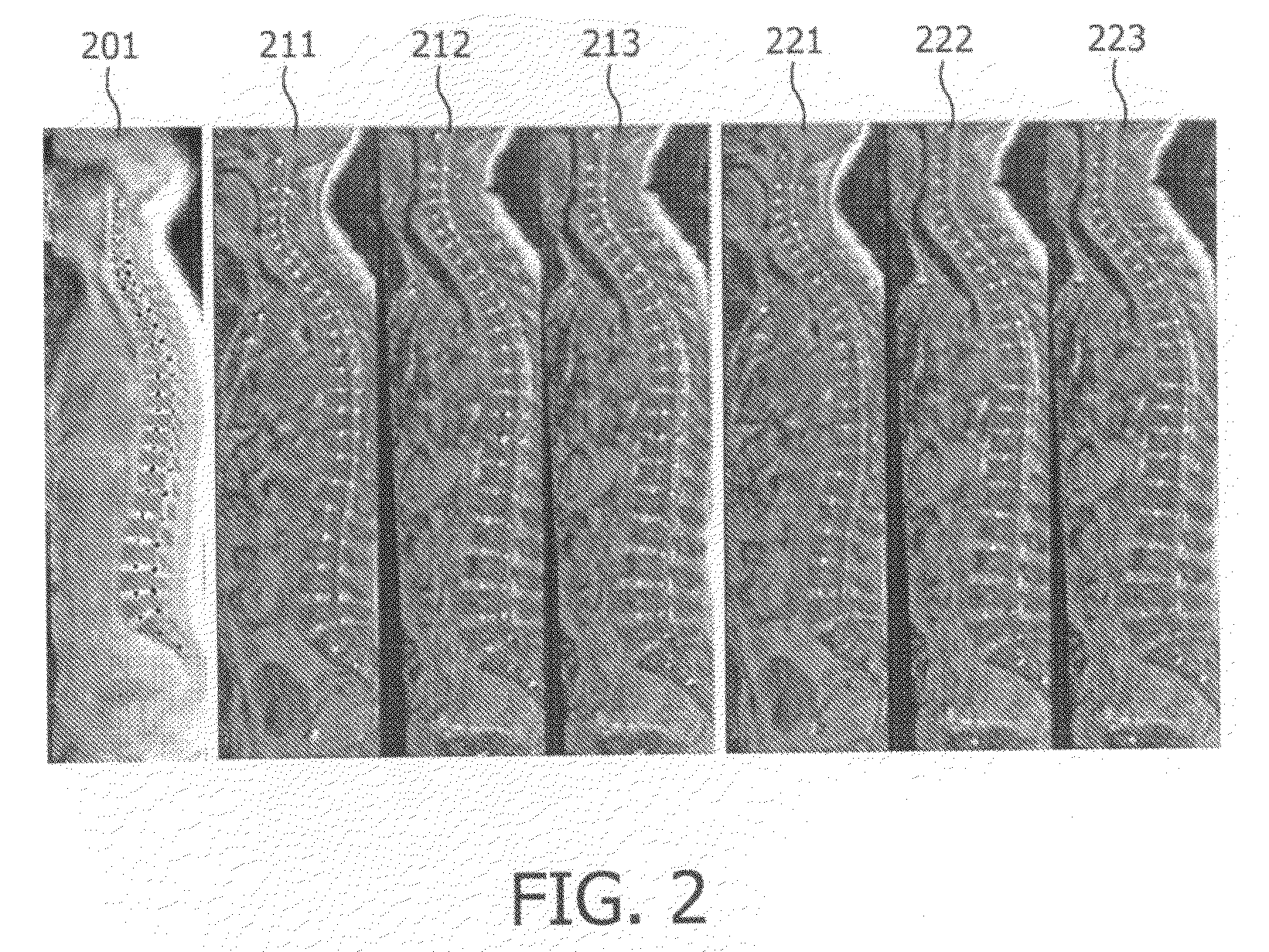Anatomically constrained image registration
anatomically constrained image and registration technology, applied in image enhancement, angiography, instruments, etc., can solve the problems of difficult and tedious process of manual setting of landmarks, affecting the design of atlas images, and requiring a considerable effort for the design of landmarks
- Summary
- Abstract
- Description
- Claims
- Application Information
AI Technical Summary
Benefits of technology
Problems solved by technology
Method used
Image
Examples
Embodiment Construction
[0043]FIG. 1 schematically shows a block diagram of an exemplary embodiment of the system 100 for registering an atlas image from an atlas of multidimensional images with an objective image, the system comprising:
[0044]a generation unit 105 for generating a candidate transformation for transforming a first region of the atlas image;
[0045]a transformation unit 110 for transforming the first region of the atlas image using the candidate transformation;
[0046]a similarity unit 120 for computing a measure of similarity of the transformed first region of the atlas image and a corresponding first region of the objective image;
[0047]an evaluation unit 130 for evaluating the candidate transformation using a criterion based on the computed measure of similarity and determining an optimal transformation based on the evaluation of the candidate transformation;
[0048]an extension unit 140 for extending the optimal transformation of the first region of the atlas image to a second region of the atl...
PUM
 Login to View More
Login to View More Abstract
Description
Claims
Application Information
 Login to View More
Login to View More - R&D
- Intellectual Property
- Life Sciences
- Materials
- Tech Scout
- Unparalleled Data Quality
- Higher Quality Content
- 60% Fewer Hallucinations
Browse by: Latest US Patents, China's latest patents, Technical Efficacy Thesaurus, Application Domain, Technology Topic, Popular Technical Reports.
© 2025 PatSnap. All rights reserved.Legal|Privacy policy|Modern Slavery Act Transparency Statement|Sitemap|About US| Contact US: help@patsnap.com



